Taken from Sal Khan's lecture https://www.youtube.com/watch?v=oiDvNs15tkE of the Khan academy, if I know that dN/dt=rN(1-(N/K)) (the logistic differential equation)
How can I solve for N and plot the N=f(t) with R?
Thanks
Taken from Sal Khan's lecture https://www.youtube.com/watch?v=oiDvNs15tkE of the Khan academy, if I know that dN/dt=rN(1-(N/K)) (the logistic differential equation)
How can I solve for N and plot the N=f(t) with R?
Thanks
This logistic equation has an analytical solution (see for example here), so you can plot it directly. Another option is to solve it numerically using one of the available solvers (see here)
## Using the `deSolve` package
library(deSolve)
## Time
t <- seq(0, 100, 1)
## Initial population
N0 <- 10
## Parameter values
params <- list(r=0.1, K=1000)
## The logistic equation
fn <- function(t, N, params) with(params, list(r * N * (1 - N / K)))
## Solving and plotin the solution numerically
out <- ode(N0, t, fn, params)
plot(out, lwd=2, main="Logistic equation\nr=0.1, K=1000, N0=10")
## Ploting the analytical solution
with(params, lines(t, K * N0 * exp(r * t) / (K + N0 * (exp(r * t) - 1)), col=2, lwd=2))
